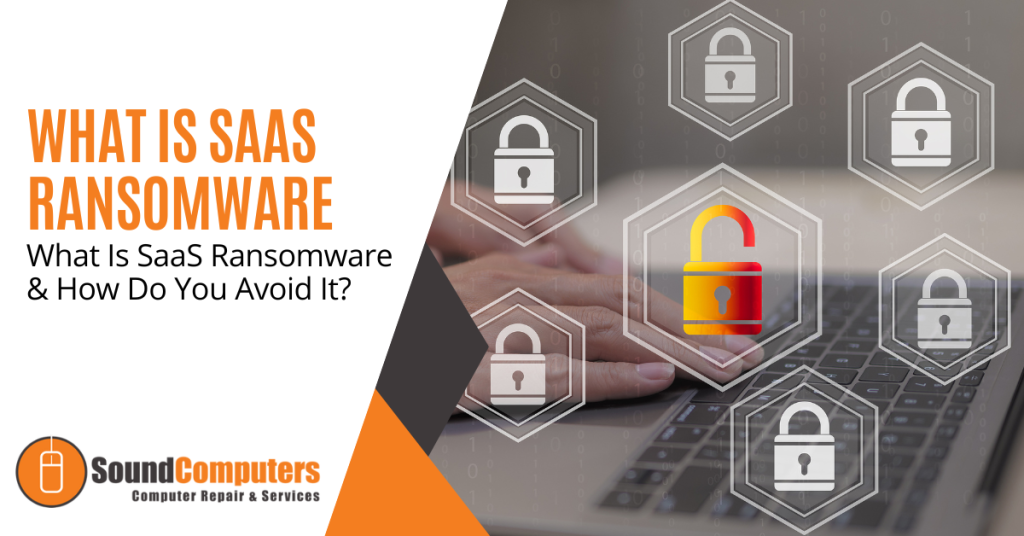
The rise of Software-as-a-Service (SaaS) has revolutionized the way businesses operate and store their data. However, with increased reliance on cloud-based solutions comes the heightened risk of cyber threats.
SaaS ransomware has emerged as a significant concern for organizations and pose a severe threat to data security and business continuity. In this article, we will discuss what SaaS ransomware is, understand its implications and explore effective strategies to avoid falling victim to such attacks.
What is SaaS Ransomware?
SaaS ransomware refers to a type of malicious software that infiltrates and encrypts critical data stored within SaaS platforms. It operates similarly to traditional ransomware but focuses on compromising cloud-based services.
Once the ransomware successfully encrypts the data, cybercriminals demand a ransom payment in exchange for the decryption key in order to allow the victim to regain access to their valuable information.
Impact and Consequences
The consequences of a these attacks can be devastating for businesses. Organizations may face prolonged periods of data unavailability that lead to operational disruptions, financial losses and damage to reputation. Furthermore, if sensitive or customer data falls into the wrong hands, it could result in legal and compliance issues that include potential lawsuits and regulatory penalties.
Common Attack Vectors for SaaS Ransomware
Phishing and Social Engineering
Phishing emails and social engineering tactics are often employed by cybercriminals to trick users into revealing their login credentials or clicking on malicious links. These attacks can provide attackers with unauthorized access to SaaS accounts and enable them to deploy ransomware within the cloud environment.
Malware Infection
Malware-infected attachments, compromised websites or unpatched software vulnerabilities can serve as entry points for ransomware. Once inside a system, the ransomware can spread through the network and infect cloud-based data and services.
Strategies to Avoid SaaS Ransomware Attacks
Employee Education and Training
Organizations should prioritize comprehensive training programs to educate employees about the risks associated with SaaS ransomware. Employees should learn how to identify phishing attempts, use strong and unique passwords and exercise caution when opening email attachments or clicking on suspicious links.
Multi-Factor Authentication (MFA)
Enabling MFA adds an extra layer of security to SaaS accounts. By requiring users to provide additional verification factors such as a unique code sent to their mobile device, organizations can significantly reduce the risk of unauthorized access and mitigate the impact of SaaS ransomware attacks.
Regular Data Backups
Maintaining regular backups of critical data is crucial in protecting against ransomware attacks. Organizations should implement a robust backup strategy that includes periodic backups stored in separate locations (preferably offline or in a secure cloud environment).
Security Patching and Updates
Keeping software and systems up to date with the latest security patches is essential in preventing vulnerabilities that ransomware may exploit. Regularly patching operating systems, applications and plugins minimizes the risk of cybercriminals finding weaknesses to gain unauthorized access.
Security Monitoring and Incident Response
Implementing advanced threat detection and monitoring tools can help identify potential security breaches early on. Additionally, organizations should establish an effective incident response plan to swiftly respond to and mitigate the impact of a SaaS ransomware attack.
Avoiding SaaS Ransomware Attacks
SaaS ransomware poses a significant threat to organizations relying on cloud-based services. Understanding the characteristics and implications of SaaS ransomware is crucial for businesses to take proactive measures to protect their valuable data and ensure business continuity.
By implementing robust security practices (including employee education, multi-factor authentication, regular data backups, security patching and incident response planning) organizations can significantly reduce the risk of falling victim to these attacks.
In an ever-evolving threat landscape, it is essential for businesses to stay informed and proactive in securing their SaaS environments. By partnering with trusted cybersecurity experts, organizations can further enhance their defense against SaaS ransomware and other emerging threats.
Contact Sound Computers today to learn more about how our comprehensive cybersecurity solutions can safeguard your organization’s valuable data and protect against these attacks.